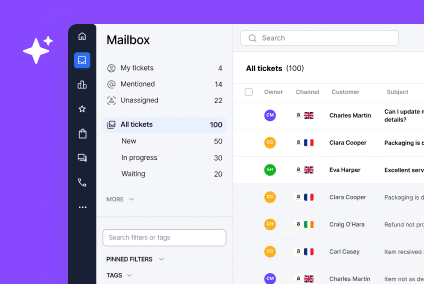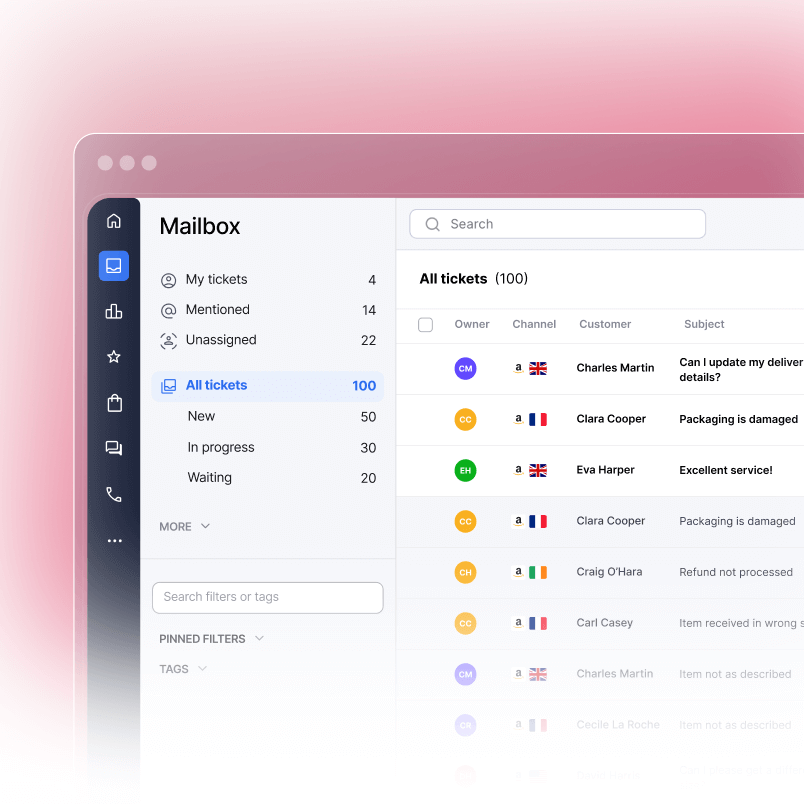There are so many metrics to focus on with Amazon, it can be a tad tricky to know where to start first. But one of the most important is the Order Defect Rate. It’s one of the biggest indicators of your health as a seller, and one of the biggest factors Amazon looks at whether to promote or demote you.
How the Order Defect Rate is Calculated
It’s a simple calculation here: the number of orders divided by the number of negative defects on those orders, with each order counting as one, even if there’s more than one defect on that order.
But because orders aren’t fully completed overnight (i.e. from the time a buyer clicks on something to when they receive it and leave a review), Amazon typically takes about a month or so to calculate this, so don’t expect it to show up right away. Keeping this in mind, always aim for your Order Defect Rate to stay under 1%.
What Comprises the Defects in an Order
There are three things Amazon looks at:
- Negative Feedback: If buyers are consistently expressing displeasure with the experience, whether with you or the product itself, this feedback will be counted against you. We cannot stress the following point enough: Always take whatever steps you can to either avoid negative feedback, or try and get it changed/removed if it does happen.
- A-to-z Claims: An A-to-z claim is when a buyer tells Amazon they didn’t receive their item as promised. Amazon explains here what the A-to-z guarantee consists of, and here what goes on with an A-to-z claim.
- Chargeback: Essentially, a chargeback is when a card user tells their bank that a fraudulent transaction was made with that card. The bank will check out the story, and if the details check out, will refund the cardholder the money spent on the purchase (along with an extra fee) from the merchant. Some scam artists know this and file chargebacks as a way of getting what they want, so you have to decide if it’s worth issuing the refund or standing your ground and shouldering the defect.
Consequences of an Order Defect Rate of 1% or More
The first thing that’ll happen if your Order Defect Rate hits 1% or more is you’ll automatically lose the Buy Box, if you have it, for all non-FBA products. This is because you’ve demonstrated to Amazon you can’t do a satisfactory job of fulfilling orders yourself. This is a ‘better-case scenario’.
A worse consequence is you can have your account temporarily suspended. Amazon will go to great lengths to protect its reputation as a company that ensures a smooth and awesome experience for its shoppers, and doesn’t well tolerate buyers who can’t deliver on that.
If you’ve got a high Order Defect Rate or continue to demonstrate an inability to keep it under 1%, Amazon could also very well terminate your account altogether. There are only so many chances you get at messing up on Amazon before they decide you’re too much of a liability and do away with you altogether. Typically, you have 17 days after being suspended to submit a plan of action to Amazon; if you don’t, then things won’t look good for you a termination could very well be in the cards.
Keeping Track of Your Order Defect Rate
Simply head to your Customer Metrics page to generate a report with all the necessary stats on it, with each report containing your Order Defect Rate. You’ll be able to see other stats as well, and the areas to focus on that can keep your Order Defect Rate low are usually:
- Accurately describing an item
- Selling high-quality items
- Packing the item well
- Ship on time and/or using a shipping method that guarantees the item will arrive when expected
- Responding quickly to buyers’ questions
- Ensuring you get feedback — positive feedback — as much as possible




